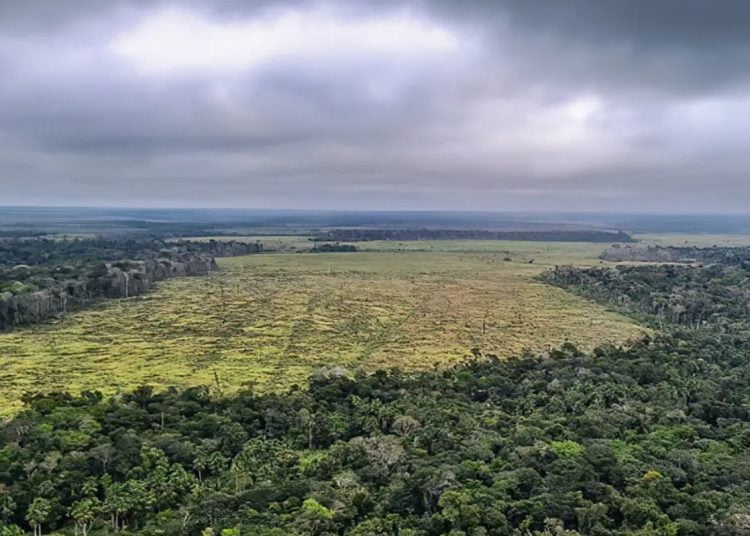For the first time since 2019, Brazil recorded a drop in deforestation in all of its biomes. The data is part of the new edition of the Annual Deforestation Report from the MapBiomas initiative, launched on Thursday (15). In all, 1,242,079 hectares were deforested in the country in 2024, a decrease of 32.4% compared to the previous year.
Despite the drop, Brazil lost an area of native forest equivalent to the size of South Korea between 2019 and 2024: more than 9 million hectares. Of these, more than 6 million—or two-thirds of the total—are within the Legal Amazon.
The Cerrado biome once again led the ranking of deforested areas, with 652,197 hectares, more than half (52.5%) of the total in the country in the six-year period abovementioned. Environmental devastation continues to be concentrated on the agricultural frontier of Matopiba, a region that covers the states of Maranhão, Tocantins, Piauí and Bahia. There, 75% of Cerrado’s deforestation and around 42% of Brazil’s loss of native vegetation occurred in 2024.
The region is dominated by agribusiness. Currently, more than 25 million hectares are used for this kind of activity, especially for growing soybeans and raising cattle.
In the last six years, agricultural activities have been responsible for more than 97% of deforestation in Brazil. The data was extracted from the MapBiomas platform, through the MapBiomas Alert initiative, which identifies and qualifies areas of forest suppression throughout the country. The survey indicates a drop in deforestation in all Brazilian biomes by 2024.
The agricultural frontier of Matopiba accounted for 75% of deforestation in the Cerrado biome and around 42% of all native vegetation loss in Brazil last year. These figures, however, represent a 40% drop compared to 2023.
Expanded in recent years, monitoring measures have shown positive results for the rainforest. The MapBiomas survey reveals the migration of deforestation hotspots from the Amazon region to the Cerrado, with a concentration on the agricultural frontier.
In 2023, deforestation in the Amazon was already falling, while in the Cerrado the devastated area increased by 67%. Now, even with the drop, the region that is home to the agricultural frontier of Matopiba still leads the deforestation ranking, not only in the biome category but also among Brazilian states.
Even with a 34.3% reduction in the deforested area, Maranhão leads the list of the most deforested states for the second year running. More than 36% of the entire area is occupied by agribusiness. In 2003, soy plantations covered around 268,000 hectares. By 2023, soy monoculture already dominates an area of more than 1 million hectares in the state.
In second place is the state of Pará, where soy plantations are also advancing and replacing the forest. In addition to agricultural activities, mining is a source of deforestation in Pará, home to Itaituba, the municipality with the largest mining area in Brazil. Tocantins, Piauí and Bahia are the next leading states for deforestation in 2024.
Agricultural areas occupy around 35% of Matopiba’s territory. There are more than 15 million hectares of pastures and almost 5 million hectares of soy, the region’s main agricultural activity.




